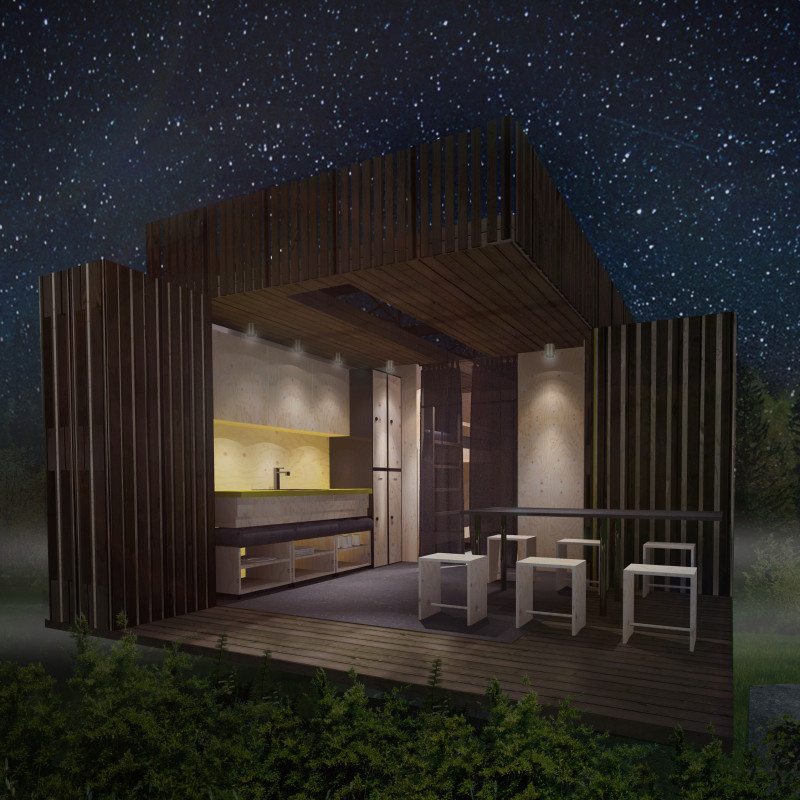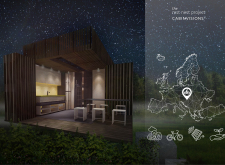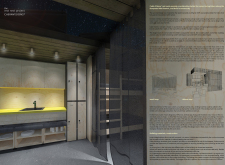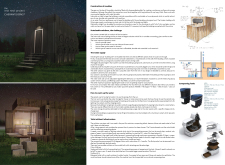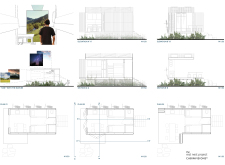5 key facts about this project
The Rest Nest Project, initiated by Cabin Visions, provides a thoughtful solution for cyclists traveling along the European Velo Route 6. Located near major rivers stretching from the Atlantic coast of France to the Black Sea, the project addresses the need for sustainable shelters. It combines functionality with a design that encourages harmony with nature, resulting in spaces that serve both individuals and communities.
Design and Layout
The project includes small stops offering basic shelter as well as deluxe stops, known as "rest nests," which feature amenities such as hot showers and food preparation areas. These structures are designed to allow maximum interaction with the surrounding environment through large glass walls that bring in natural light and create unobstructed views. Communal areas within the rest nests provide opportunities for cyclists to relax and share experiences after their travels.
Sustainability and Resource Management
Sustainability is a key focus of the Rest Nest Project, highlighted by features like the roof structure designed for rainwater harvesting and solar energy collection. This design enables the shelters to function without external power sources, minimizing their impact on the environment. The water harvesting systems utilize local rivers and rainwater, while solar heating ensures sufficient hot water supply for the facilities.
Materials and Construction
The primary materials used are wooden pallets and timber cladding. These choices support the project's goal of utilizing recycled materials, which enhances the connection to the natural setting. The construction method is lightweight, promoting easy assembly and reducing the need for extensive foundations, which helps preserve the surrounding area.
User Experience and Community Engagement
User experience is central to the design, with interiors featuring versatile furnishings that make the best use of available space. Areas for social interaction encourage a sense of community among cyclists, making the journey more enjoyable. Additionally, a mobile application supports users by providing navigation assistance, information about local attractions, and options for managing bookings, making the overall travel experience more streamlined.
The roof structure is not only visually engaging but also functional, effectively channeling rainwater while embodying the project's commitment to sustainability.


